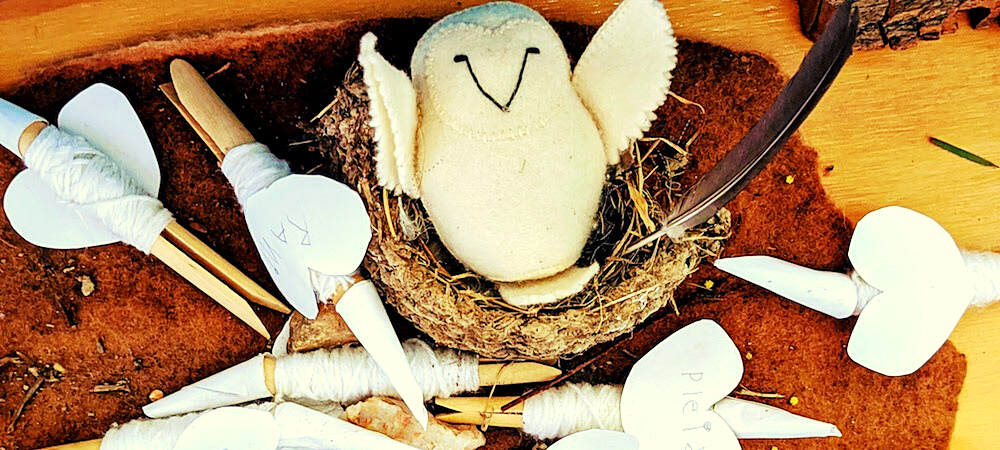Creativity and the role of the creative arts
in Steiner education

Creativity is at the heart of the Steiner curriculum
Human beings are inherently creative - we create our own lives.
Creativity is ranked Number 3 in the list of ten attributes needed for the workforce of 2020 and beyond (World Economic Forum Future of Jobs Report, 2018).
Creativity arises in any human activity that produces something new.
The role of education is to awaken the powers of creativity.
Creativity draws on imagination, the fostering of which leads to innovative thinking, flexibility, problem-solving and empathy.
Steiner education is an education of the imagination.
An artistic education awakens and fosters imagination
An artistic education, one that awakens and fosters the imagination, is at the heart of the Steiner curriculum and approach, not just as an extra-curricular activity, but embedded strongly in the core of the teaching and learning.
How do we foster imagination?
Through art, sculpture, story, music, literature, drama, and movement - all these play a significant part in the presentation, the content and the activities in every lesson (other than practice lessons). The curriculum is permeated with such an approach across the years, no matter what the discipline.
Individuality
Just as practical activities develop will, perseverance and determination, the education of the artistic element develops in each child the capacity to produce something new and unique. It is about expressing, making, and building on the natural inventiveness of each child. The Creative Arts by their very nature have an individualistic effect upon the child.
This is a schooling faculty for the future: imagination, and expressing individuality but also seeing and acknowledging the individuality of others.
Emotional life
The artistic approach brings joy, engagement, and life - enhancement to the educational process. It fills the spirit, expands the vision and fires the passion.
The creative arts are linked directly with our emotions and the healthy education of a child's emotional life is of paramount importance to us.
Creativity and the future
We need to equip the next generation with the skills and capacities required not only to succeed in a workforce but also to resolve critical issues facing us today.
The World Economic Forum (ranking creativity in third place of much-needed capacities) selected complex problem solving and critical thinking as numbers 1 and 2 - both of these also rely on imagination.
In the years ahead, in all fields - political, economic, scientific, technological and environmental - there is agreement that imagination and empathy will be the driving forces in finding innovative approaches and solutions.
"Others have seen what is and asked why? I have seen what could be and why not?" — Pablo Picasso
"Just as there is a crisis of natural resources, there is also a crisis of human resources - there needs to be an educational 'revolution', rather than reform. Current education dislocates people from their natural talents. Rather it should encourage and build upon their natural talents. The aim of education should be to awaken individual talents and passions - and that can't be done under a mechanised standardised system - it needs to be individualised so that each child can reach optimum inherent potential. We are educating people out of their creativity and jeopardising their future." — Sir Ken Robinson
"Creativity takes courage" — Henri Matisse
"The true sign of intelligence is not knowledge but imagination" — Albert Einstein

Phone
(02) 6564 7224
Address
220 Bellingen Road, Bowraville
Office Hours
8:30am-3:30pm, Mon-Fri (during school terms)
2024 School Year
Term 1, 2024
Wednesday 31 January – Friday 12 April
Term 2, 2024
Monday 29 April – Friday 5 July
Term 3, 2024
Monday 29 July – Friday 27 September
Student Free Day Friday 6 September
Term 4, 2024
Monday 14 October – Thursday 12 December
2024 Working Bee
Due to the Long weekend in January the school working bee will be held on the 1st weekend following the 1st week of school.
Saturday 3 February 2024
8am to 1pm
Our school, staff and students, respectfully acknowledge the traditional custodians of the Gumbaynggirr nation on which we live and work. We extend this respect and reverence to all Indigenous Elders across all nations throughout the world.
Tallowood Steiner School
Website help with Social Space
